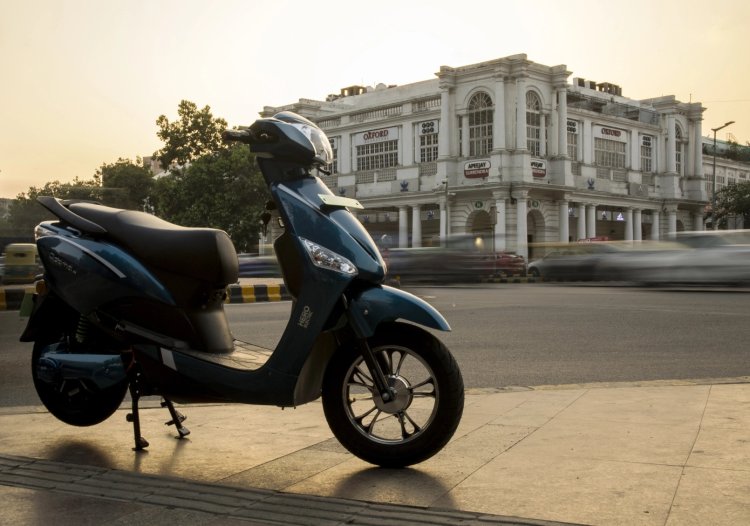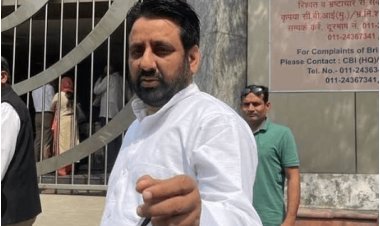Sales of electric two-wheelers in India encounter a setback
India's Electric Two-Wheeler Market Faces Setback as Government Subsidy Reduction Impacts Sales

The growing adoption of electric two-wheelers in India, a country known for its bustling streets and reliance on two-wheel transportation, has encountered a significant hurdle. While the shift towards electric vehicles (EVs), especially in the two-wheeler segment, has been promising, recent changes in government subsidies have caused a decline in electric scooter sales. This setback may lead to market consolidation and potential exits by certain industry players.
In May, the Indian government revised its subsidy scheme, known as Faster Adoption and Manufacturing of (Hybrid and) Electric Vehicles (FAME-II), reducing the incentives for electric two-wheelers. The new subsidy offers $122 (10,000 Indian rupees) per kWh of battery capacity, with a maximum cap of 15% of the ex-factory vehicle price. Previously, the subsidy was $183 (15,000 Indian rupees) per kWh, covering up to 40% of the vehicle price.
The impact of this change was evident in June's sales figures, which experienced a sharp decline. According to recent data from the government's Vahan portal, electric two-wheeler sales dropped over 56% to 45,829 units, compared to 105,371 units in May. While May saw higher sales as customers anticipated price increases after the subsidy revision, June marked the lowest sales month of the year, falling below the levels seen in any month of 2022.
The revised subsidy scheme, which took effect on June 1, applies to most electric two-wheelers in India, excluding those priced above $1,800, which are ineligible for the subsidy. This unexpected disruption in the market highlights the dependence of the electric two-wheeler segment on government incentives and raises concerns for the industry's growth trajectory in the near future.

 chandni
chandni 



